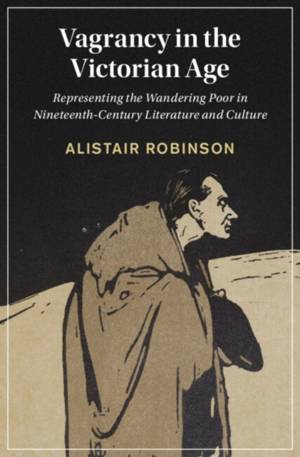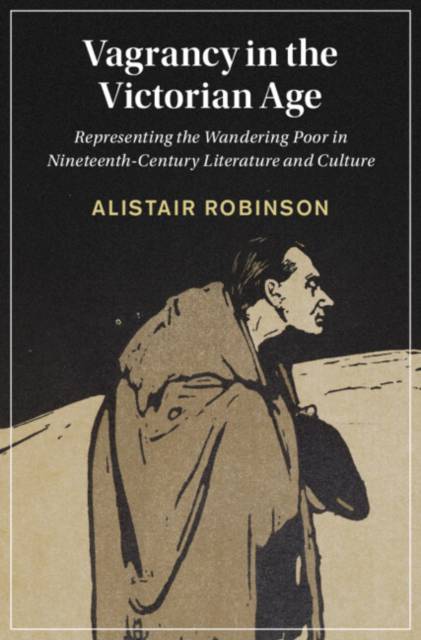
Door een staking bij bpost kan je online bestelling op dit moment iets langer onderweg zijn dan voorzien. Dringend iets nodig? Onze winkels ontvangen jou met open armen!
- Afhalen na 1 uur in een winkel met voorraad
- Gratis thuislevering in België vanaf € 30
- Ruim aanbod met 7 miljoen producten
Door een staking bij bpost kan je online bestelling op dit moment iets langer onderweg zijn dan voorzien. Dringend iets nodig? Onze winkels ontvangen jou met open armen!
- Afhalen na 1 uur in een winkel met voorraad
- Gratis thuislevering in België vanaf € 30
- Ruim aanbod met 7 miljoen producten
Zoeken
Vagrancy in the Victorian Age
Representing the Wandering Poor in Nineteenth-Century Literature and Culture
Alistair Robinson
€ 144,45
+ 288 punten
Omschrijving
Vagrants were everywhere in Victorian culture. They wandered through novels and newspapers, photographs, poems and periodicals, oil paintings and illustrations. They appeared in a variety of forms in a variety of places: Gypsies and hawkers tramped the country, casual paupers and loafers lingered in the city, and vagabonds and beachcombers roved the colonial frontiers. Uncovering the rich Victorian taxonomy of nineteenth-century vagrancy for the first time, this interdisciplinary study examines how assumptions about class, gender, race and environment shaped a series of distinct vagrant types. At the same time it broaches new ground by demonstrating that rural and urban conceptions of vagrancy were repurposed in colonial contexts. Representational strategies circulated globally as well as locally, and were used to articulate shifting fantasies and anxieties about mobility, poverty and homelessness. These are traced through an extensive corpus of canonical, ephemeral and popular texts as well as a variety of visual forms.
Specificaties
Betrokkenen
- Auteur(s):
- Uitgeverij:
Inhoud
- Aantal bladzijden:
- 228
- Taal:
- Engels
- Reeks:
- Reeksnummer:
- nr. 134
Eigenschappen
- Productcode (EAN):
- 9781316519851
- Verschijningsdatum:
- 14/10/2021
- Uitvoering:
- Hardcover
- Formaat:
- Genaaid
- Afmetingen:
- 152 mm x 229 mm
- Gewicht:
- 539 g

Alleen bij Standaard Boekhandel
+ 288 punten op je klantenkaart van Standaard Boekhandel
Beoordelingen
We publiceren alleen reviews die voldoen aan de voorwaarden voor reviews. Bekijk onze voorwaarden voor reviews.











